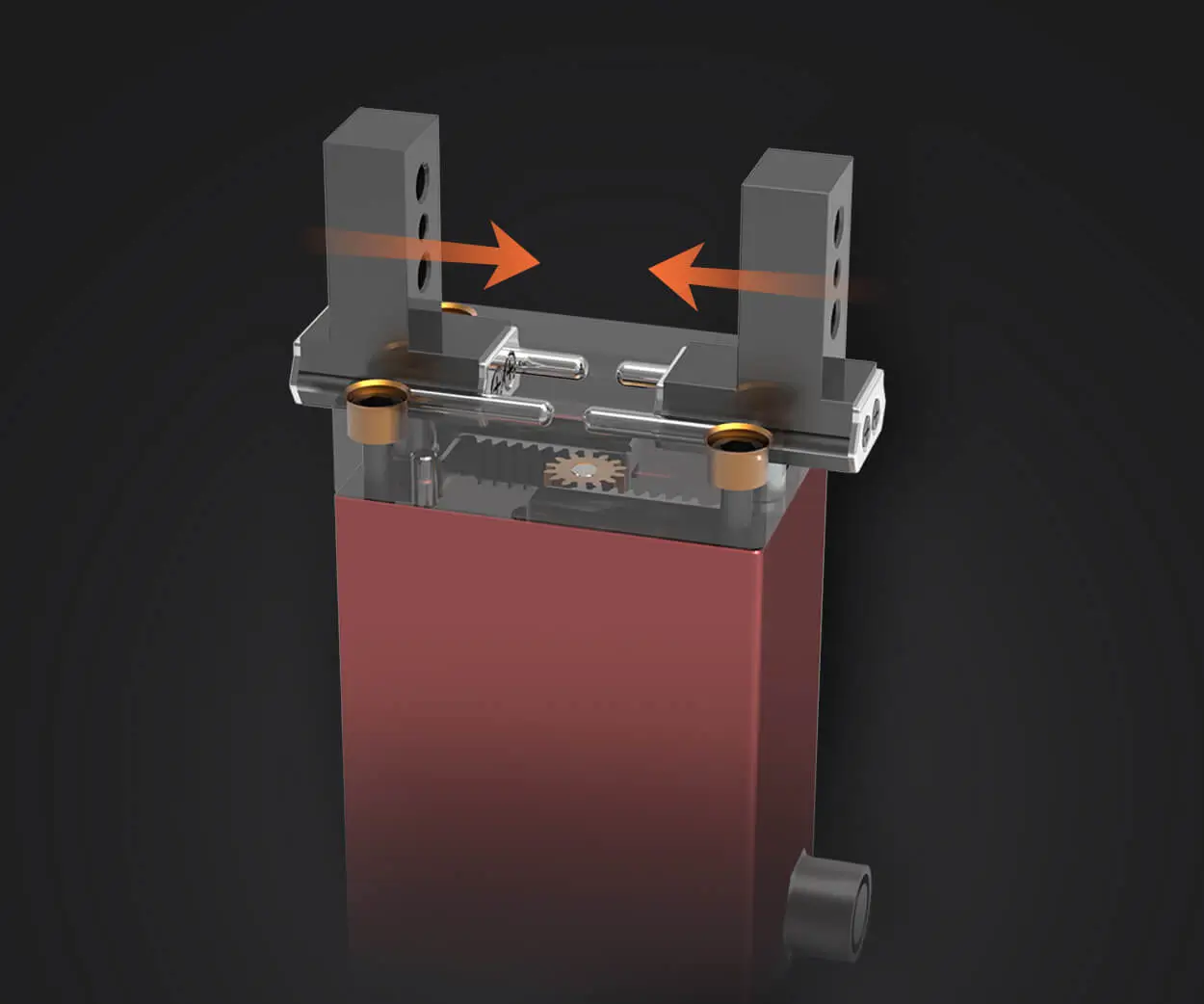Ever dealt with a servo motor that suddenly just doesn’t react the way it should? It’s like trying to get a stubborn dog to fetch—sometimes it listens, sometimes it just stares at you blankly. Checking if your servo motor is functioning properly doesn’t have to feel like a puzzle. Think of it as troubleshooting a car engine: start with simple checks before diving into complex diagnostics.

First, imagine your servo motor as that reliable teammate. When things go wrong, the first thing to peek at is the power supply. Is it providing steady voltage? Fluctuations here are often sneaky little culprits. Using a multimeter, you can quickly see if the voltage aligns with the servo’s requirements. If it’s off, that might be your first clue—less about the motor itself, more about the power engine fueling it.
Now, consider the control signals. Are they reaching the servo? In some cases, the problem is just a loose wire or a disconnected plug. At times, the issue might be as simple as a faulty control signal that doesn’t tell the servo to move. Checking connections, making sure cables aren't frayed or loose, can save a lot of headache.
What about the servo’s response? When powered, does it make any noise? Any faint humming or jittering? That could point to mechanical resistance or internal damage. If the servo is humming but not moving, perhaps the gears are jammed or the internal motor has worn out. Sometimes, applying a small external force gently can help determine if something’s physically stuck—just be careful not to push too hard.
Sometimes, the fault lies in the feedback sensor. When the servo’s trying to reach a position, it relies on that feedback to know where it is. If that feedback is skewed, it might keep trying to move but never really get there. A quick check would involve measuring if the sensor’s output matches the expected position signals. Usually, this involves specialized diagnostic tools, but many models have simple visual indicators or lights that show their status.
So, what’s the best way to ensure your servo motor is healthy? Do a systematic check: start with power, move on to control signals, then mechanical condition, and feedback. If you get stuck, sometimes swapping it out with a known working unit can quickly tell if the problem is with the motor or elsewhere.
People often wonder, “Why does my servo suddenly stop working?” It’s a blend of factors—sometimes a worn-out gear; other times a voltage fluctuation or a wiring issue. And the tricky part? Some problems aren’t obvious until you dig in with a keen eye and a multimeter.
At the end of the day, keeping your eye on the little details makes all the difference. Maintaining a regular check-up routine, staying observant of strange noises or jerky movements, can help you spot trouble before it becomes a bigger headache. The key isn’t just in fixing a problem but catching signs early. Deep down, a well-maintained servo motor isn’t just machinery—it’s a partner in your process, waiting to perform seamlessly when you give it the right care.
Established in 2005, Kpower has been dedicated to a professional compact motion unit manufacturer, headquartered in Dongguan, Guangdong Province, China. Leveraging innovations in modular drive technology, Kpower integrates high-performance motors, precision reducers, and multi-protocol control systems to provide efficient and customized smart drive system solutions. Kpower has delivered professional drive system solutions to over 500 enterprise clients globally with products covering various fields such as Smart Home Systems, Automatic Electronics, Robotics, Precision Agriculture, Drones, and Industrial Automation.




































